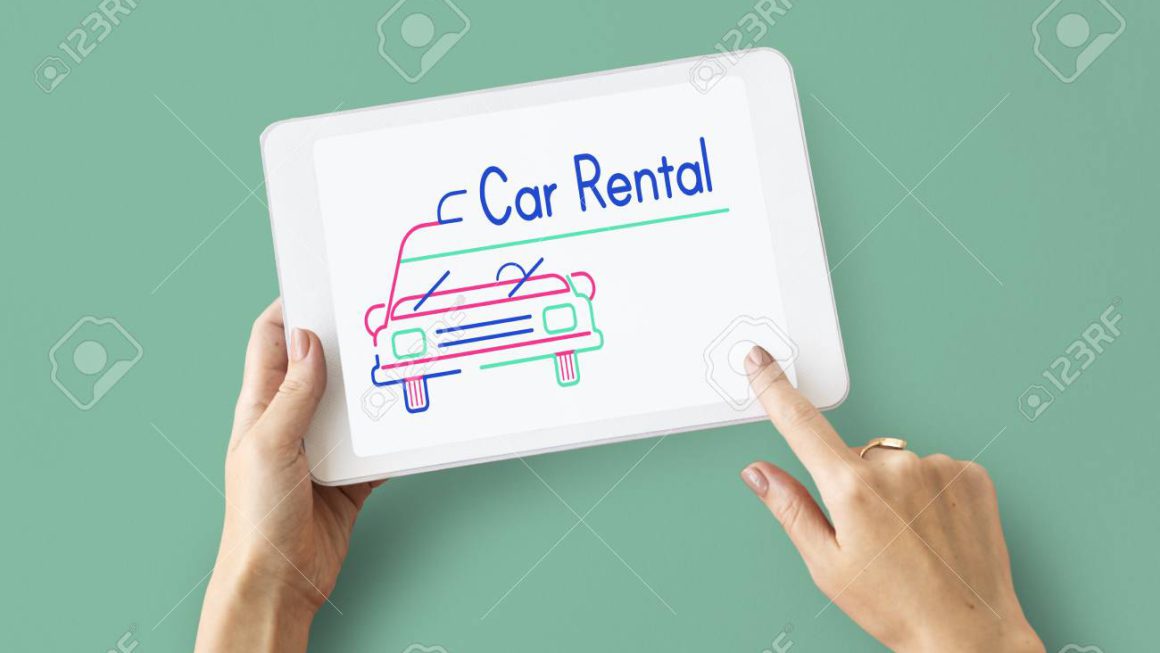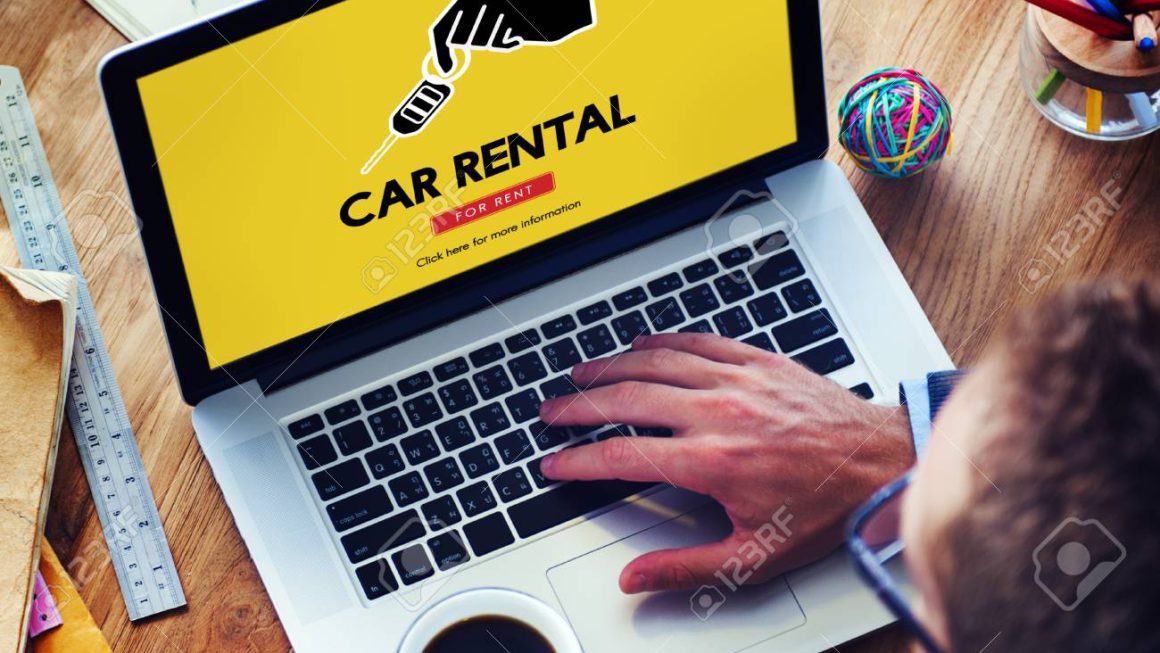Are you in the market for a new car but unsure whether to lease or buy? The decision between leasing and buying a car can be a tough one, as both options have their own set of advantages and disadvantages. In this guide, we will explore the differences between leasing and buying a car, and help you determine which option is right for you.
Whether you prefer the flexibility of a lease or the long-term investment of buying, we will provide you with the information you need to make an informed decision. So, buckle up and let’s dive into the world of car leasing versus buying.
The Pros and Cons of Leasing a Car
Leasing a car can be a great option for those who want a new vehicle without the commitment of owning it. However, like any financial decision, there are both pros and cons to consider before signing a lease agreement.
Pros:
1. Lower Monthly Payments: One of the biggest advantages of leasing a car is that monthly payments are typically lower than if you were to finance the purchase of a new car. This can make it more affordable for those on a tight budget.
2. Warranty Coverage: Most lease agreements come with a manufacturer’s warranty that covers the cost of repairs and maintenance during the lease term. This can provide peace of mind knowing that you won’t have to pay out of pocket for unexpected repairs.
3. Drive a New Car Every Few Years: Leasing allows you to drive a new car every few years, which can be appealing for those who like to have the latest technology and features in their vehicle. This also means you won’t have to worry about the depreciation of the car’s value over time.
4. No Hassle of Selling: At the end of the lease term, you simply return the car to the dealership and walk away. There’s no need to worry about selling the car or negotiating a trade-in value.
Cons:
1. Mileage Restrictions: Most lease agreements come with mileage restrictions, typically around 12,000 to 15,000 miles per year. If you exceed this limit, you may be charged a fee for each additional mile driven.
2. Limited Customization: When you lease a car, you are essentially borrowing it from the dealership, which means you may be limited in how much you can customize the vehicle to your liking.
3. No Equity: Unlike owning a car, leasing does not build any equity in the vehicle. This means that at the end of the lease term, you won’t have any ownership stake in the car.
4. Penalties for Early Termination: If you need to end your lease agreement early, you may be subject to penalties and fees. This can make it difficult to get out of the lease if your circumstances change.
In conclusion, leasing a car can be a convenient and cost-effective option for those who want a new vehicle without the commitment of ownership. However, it’s important to weigh the pros and cons carefully to determine if leasing is the right choice for you.
Factors to Consider When Deciding Between Leasing and Buying

When it comes to acquiring a new car, one of the biggest decisions you’ll have to make is whether to lease or buy. Both options have their own set of advantages and disadvantages, so it’s important to carefully consider your individual needs and circumstances before making a decision.
One of the main factors to consider when deciding between leasing and buying is your budget. Leasing a car typically requires lower monthly payments compared to buying, as you are essentially paying for the depreciation of the vehicle over the lease term. However, buying a car may be more cost-effective in the long run, as you will eventually own the vehicle outright and won’t have to worry about mileage restrictions or wear and tear fees.
Another important factor to consider is how long you plan on keeping the car. If you like to switch up your ride every few years, leasing may be the better option for you. Leases typically last between two to four years, allowing you to easily upgrade to a new car once the lease term is up. On the other hand, if you plan on keeping the car for the long haul, buying may be the more practical choice.
Additionally, consider your driving habits when deciding between leasing and buying. Leases often come with mileage restrictions, and you may incur additional fees if you exceed the allotted mileage. If you have a long commute or frequently take road trips, buying a car may be the better option to avoid these extra costs.
Lastly, think about your lifestyle and preferences when making this decision. Leasing allows you to drive a new car every few years, while buying gives you the freedom to customize and modify your vehicle as you please. Consider what matters most to you in a car ownership experience and choose the option that aligns with your priorities.
In conclusion, the decision between leasing and buying a car ultimately comes down to your individual needs and circumstances. Consider factors such as your budget, how long you plan on keeping the car, your driving habits, and your lifestyle preferences before making a decision. By carefully weighing these factors, you can make an informed choice that best suits your needs.
How Leasing Can Save You Money in the Short Term
Leasing a car can be a smart financial decision that can save you money in the short term. While buying a car outright may seem like the more traditional route, leasing offers several benefits that can help you keep more money in your pocket right now.
One of the main ways that leasing can save you money in the short term is through lower monthly payments. When you lease a car, you are essentially paying for the depreciation of the vehicle over the lease term, rather than the full cost of the car. This often results in lower monthly payments compared to financing a car purchase. With lower monthly payments, you can free up more cash flow each month to put towards other expenses or savings goals.
Additionally, leasing a car typically requires a lower down payment compared to buying a car. This means you don’t have to come up with a large sum of money upfront to drive off the lot in a new vehicle. By putting less money down at the beginning of the lease term, you can keep more cash in your bank account for other immediate needs or investments.
Another way leasing can save you money in the short term is through lower maintenance costs. Most lease agreements cover routine maintenance and repairs, so you won’t have to worry about unexpected expenses popping up. This can provide peace of mind knowing that your budget won’t be stretched thin by costly repairs or maintenance issues.
Furthermore, leasing allows you to drive a new car with the latest features and technology without the long-term commitment of ownership. This can be especially beneficial if you enjoy having a new car every few years or if you prefer to have access to the newest safety and entertainment features. By leasing, you can enjoy the benefits of a new car without the hefty price tag that often comes with buying a brand-new vehicle.
In conclusion, leasing a car can be a cost-effective option that saves you money in the short term. With lower monthly payments, reduced upfront costs, and coverage for maintenance and repairs, leasing can help you keep more money in your pocket while still enjoying the benefits of driving a new vehicle. Consider leasing as a viable option for your next car purchase and see how it can positively impact your finances in the short term.
Understanding the Terms and Conditions of a Car Lease
When entering into a car lease agreement, it is crucial to thoroughly understand the terms and conditions outlined in the contract. This will ensure that you are aware of your rights and responsibilities throughout the duration of the lease. Here are some key terms to pay attention to:
1. Monthly Payments: The monthly payment amount is one of the most important aspects of a car lease. Make sure you understand how this amount is calculated and what it includes. It is also important to know when the payments are due and what the consequences are for late payments.
2. Mileage Limit: Most car leases come with a mileage limit, which is the maximum number of miles you can drive the car each year. Going over this limit can result in additional fees at the end of the lease term. Make sure you understand what the mileage limit is and how much you will be charged for exceeding it.
3. Wear and Tear: The lease agreement will outline what is considered normal wear and tear on the vehicle and what damages you will be responsible for. It is important to carefully inspect the car before signing the lease to document any existing damage.
4. Early Termination: Ending a car lease early can be costly, as you may be required to pay a fee for breaking the lease agreement. Make sure you understand what the early termination policy is and what your options are if you need to end the lease early.
5. Insurance Requirements: Most car lease agreements require you to carry a certain level of insurance coverage on the vehicle. Make sure you understand what the insurance requirements are and factor this cost into your budget.
By taking the time to understand the terms and conditions of a car lease, you can avoid any surprises or misunderstandings down the road. If you have any questions or concerns about the terms of your lease agreement, be sure to ask the leasing company for clarification before signing on the dotted line.
Making the Decision Leasing vs Buying Which Option is Right for You
When it comes to acquiring a new car, one of the biggest decisions you’ll have to make is whether to lease or buy. Both options have their own set of advantages and disadvantages, so it’s important to carefully consider your individual needs and financial situation before making a decision.

Leasing a car can be a great option for those who like to drive a new vehicle every few years. With a lease, you typically have lower monthly payments compared to buying, as you are only paying for the depreciation of the car during the lease term. Additionally, leasing often requires little to no down payment, making it a more affordable option for those on a tight budget. Another benefit of leasing is that you don’t have to worry about the depreciation of the car, as you can simply return it at the end of the lease term.
On the other hand, buying a car can be a better option for those who prefer to own their vehicle outright. When you buy a car, you have the freedom to customize and modify it as you please, without having to worry about any restrictions from the leasing company. Additionally, buying a car can be more cost-effective in the long run, as you won’t have to worry about mileage restrictions or potential fees for excess wear and tear.
Ultimately, the decision to lease or buy a car comes down to your personal preferences and financial situation. If you like driving a new car every few years and prefer lower monthly payments, leasing may be the right option for you. However, if you prefer to own your vehicle outright and customize it to your liking, buying may be the better choice. Consider your individual needs and weigh the pros and cons of each option before making a decision.
In conclusion, the decision between leasing and buying a car ultimately depends on your individual needs and preferences. Leasing offers lower monthly payments and the ability to drive a new car every few years, while buying provides long-term ownership and the potential for equity.
If you value flexibility and enjoy driving the latest models, leasing may be the right option for you. On the other hand, if you prefer to own your vehicle outright and have the freedom to customize and drive it for as long as you want, buying may be the better choice.
It is important to carefully consider your financial situation, driving habits, and future plans before making a decision. Ultimately, both leasing and buying have their own advantages and disadvantages, so it is important to weigh them carefully and choose the option that best fits your lifestyle and budget. Remember, the right choice is the one that aligns with your priorities and goals. So, whether you decide to lease or buy, make sure it is the right choice for you.













